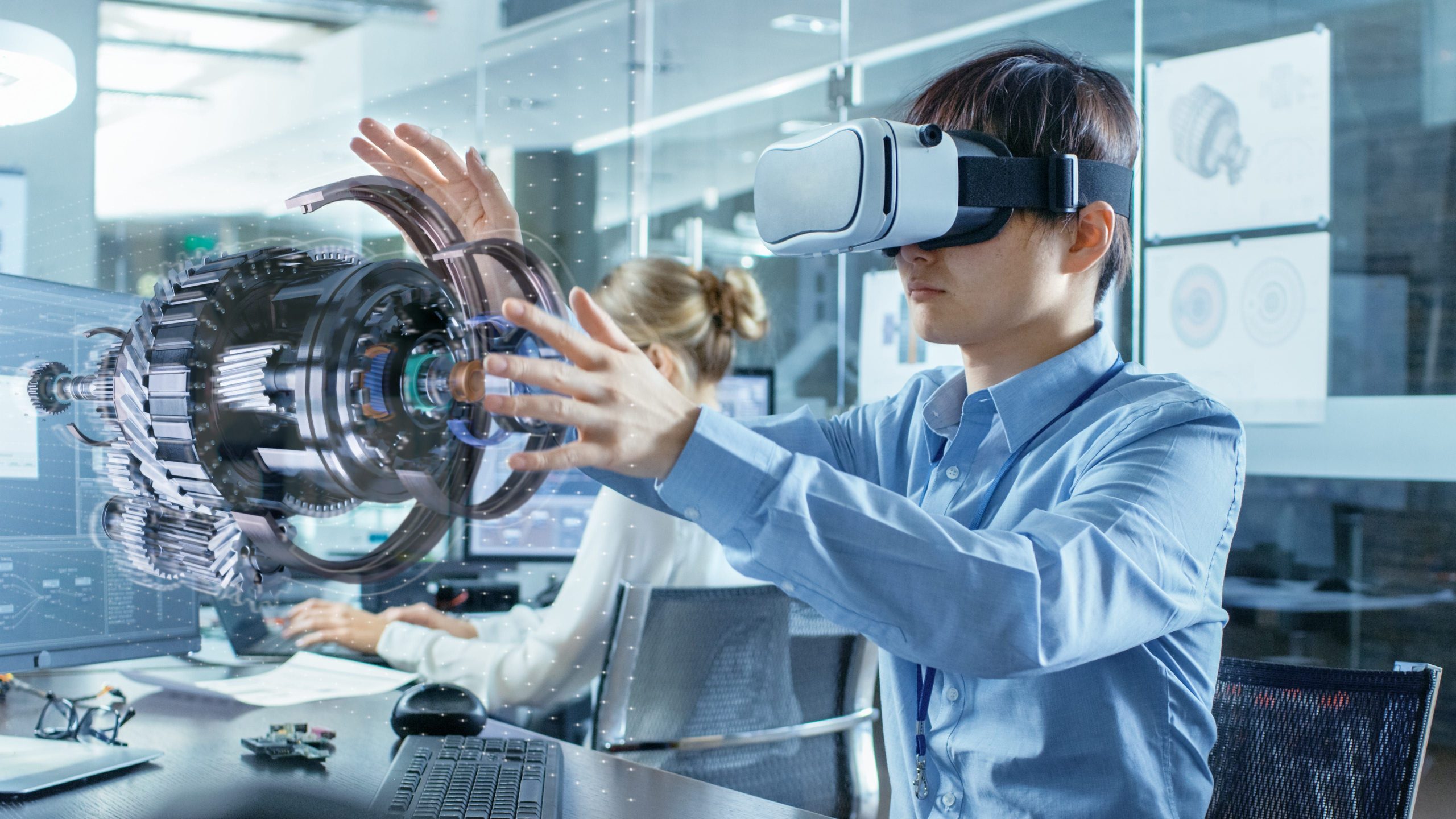From popular” width=”474″ height=”266″>
The world of technology is constantly evolving, and one of the latest trends garnering significant attention is Augmented Reality (AR). This innovative technology overlays digital information onto the real world, enhancing our perception and interaction with our surroundings. From entertainment and gaming to healthcare and education, AR applications have the potential to transform various industries.
Understanding Augmented Reality
At its core, Augmented Reality combines real-world sensory inputs with computer-generated information to deliver an enhanced user experience. Unlike Virtual Reality (VR), which immerses users in a completely virtual environment, AR integrates virtual elements into the real world. This is typically achieved using devices such as smartphones, tablets, headsets, or glasses equipped with cameras and sensors.
The Advantages of AR Technology
Augmented Reality technology offers numerous benefits across various domains:
Enhanced User Interaction: AR enables users to interact with virtual objects in real-time, providing a more intuitive and immersive experience.
Improved Product Visualization: AR allows users to visualize and manipulate virtual representations of products, aiding in design, shopping, and decision-making processes.
Training and Education: AR can revolutionize educational practices by providing interactive and engaging learning experiences, enabling students to visualize complex concepts.
Healthcare Applications: AR can assist in medical procedures, surgery planning, and visualization of diagnostic data, enhancing precision and reducing risks.
Entertainment and Gaming: AR opens up a world of innovative gaming experiences, blending the real and virtual worlds and enabling users to participate actively in the game environment.
AR in Everyday Life
AR technology has already found its way into many aspects of our daily lives:
Entertainment
From popular mobile games like Pokémon Go to interactive art exhibitions and live concerts, AR has transformed the entertainment industry. It has brought a new dimension to storytelling, creating immersive experiences that captivate audiences.
Shopping
Major retailers are implementing AR to enhance the shopping experience both in-store and online. Customers can try on virtual clothing and accessories, visualize furniture in their homes before making a purchase, and get personalized recommendations based on their preferences and browsing history.
Navigation and Travel
AR-powered navigation apps and devices provide real-time annotations and directions, making it easier for users to find their way in unfamiliar surroundings. Tourists can also explore historical sites and landmarks with augmented virtual guides.
Healthcare
In the medical field, AR has proven immensely valuable. Surgeons can overlay patient data, such as MRI scans, onto their field of view during operations, improving precision and minimizing potential risks. Medical students and professionals can also benefit from interactive anatomy and training simulations.
The Future of AR
As technology continues to advance, the potential applications of AR are expanding. Some areas that hold promise for future development include:
Industrial and Manufacturing
AR can significantly enhance productivity and efficiency in industrial settings. By overlaying real-time information and instructions onto workers’ field of view, it can assist in complex assembly processes, maintenance tasks, and quality control.
Social Media and Communication
AR is set to revolutionize social media platforms by allowing users to overlay virtual elements onto their photos and videos. It can transform video calls by projecting virtual avatars, improving the sense of presence and interaction.
Architectural Design and Real Estate
Architects and real estate professionals can utilize AR to visualize building designs at full scale and explore virtual walkthroughs. Homebuyers can experience properties remotely and envision how they would fit their needs before visiting in person.
Conclusion
Augmented Reality technology has already made significant strides in various industries, and its potential for the future is boundless. From entertainment and gaming to healthcare and education, AR is reshaping the way we perceive and interact with the world around us. As we continue to explore and push the boundaries of this emerging technology, we can expect to witness even greater advancements and exciting applications in the years to come.







